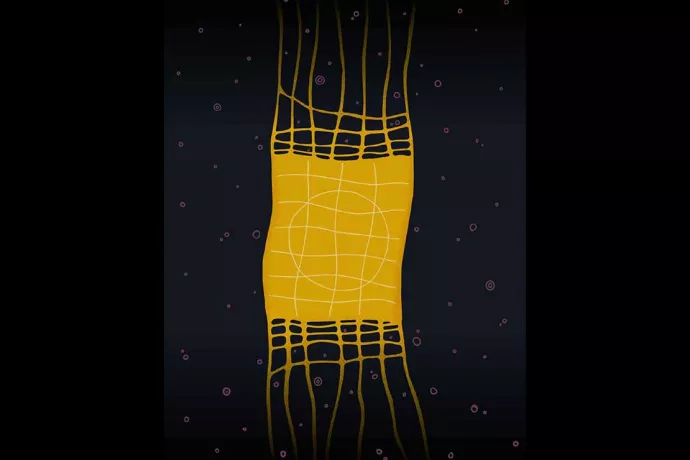
Lessons from the KAIROS Blanket Exercise
The KAIROS Blanket Exercise will take place at UTM on Monday, March 16, 2020 from 5:00 p.m. to 7:30 p.m. in Spigel Hall. This event is open to the UTM community, however registration is recommended. For more information, please visit the Centre for Student Engagement.
Growing up in the 70s and 80s, my exposure to Indigenous history was extremely limited and biased. I learned many stereotypes about “Indian” people and efforts to “civilize the natives” yet there was no discussion of the horrific experiences suffered by Indigenous peoples. As I’ve learned more about this history, I have felt uneducated, guilty and ashamed. While I’ve made some progress in overcoming my lack of knowledge and insight, I know I still have much to learn.
I was excited to participate in the KAIROS Blanket Exercise at a Cannexus National Career Development Conference in 2017. Described as “an interactive learning experience that builds awareness and understanding of our shared history as Indigenous and non-Indigenous peoples in Canada,” the exercise has participants literally walk through history from pre-contact to treaty-making, colonization and resistance. The 90-minute session was a perspective-changing experience for me.
The exercise brought together 70 people, each standing on connecting blankets representing the traditional lands in Canada. The facilitators read scrolls that described events like treaties, diseases, laws and residential schools. According to the scroll’s contents, participants were removed from the blankets to represent being displaced or dying. Watching participants leave the blankets due to colonization or disease was difficult. We could see the Indigenous population and identity decreasing before our eyes. The blankets became smaller, too, representing the colonization of what had been traditional Indigenous lands.
Some scrolls described residential schools. While I have read about residential schools, this part of the exercise was the most transformative for me. I have difficulty describing the experience of hearing the stories of children being forcibly removed from their families to suffer abuse and loss of identity.
My role was to represent what happened to an Indigenous person who chose to work in certain professions. As a lawyer, I was no longer covered by the Indian Act and couldn’t return to my community. At the same time, I was considered an outsider in Canadian society and was placed between the blankets to represent not belonging anywhere. I had an incomplete identity. It was difficult to imagine what that would be like for those who experienced this in real life.
By the end of the exercise, I was overcome with emotion. How could settlers treat any human beings the way we have treated Indigenous peoples? The facilitators explained that the purpose of this exercise was not to make us feel guilty or angry, but to help us learn more about the Indigenous experience. They stressed the need for us to continue to educate ourselves and focus on making progress.
The workshop ended with a talking circle where we reflected on what the experience meant. There was not a dry eye in the room. Many participants connected this experience with situations in their own lives. When it was my turn, I was so overwhelmed that I couldn’t speak.
We were fortunate to have a number of Indigenous participants who shared their own powerful insights. It was difficult to hear their perspectives, but so important. I learned about the urgency of the work we all need to do as a nation. In the months since the exercise, I have read the full Truth and Reconciliation Commission report and am looking for opportunities to continue my education. I hope that I can do my part by learning, listening and supporting the efforts of the TRC and Indigenous communities.
I’ve also shared this experience extensively with my colleagues. Brining the KAIROS Blanket Exercise to UTM is something that I believe will help build more understanding within our community. I’m fortunate to be in a workplace that acknowledges that we have a lot to learn, works to embrace diversity and continues to seek ways to deepen our knowledge about different perspectives.
Ron Wener is an Employment Strategist with UTM’s Career Centre. This article previously appeared in the Fall 2018 issue of M Magazine and is republished with kind permission of the Canadian Education And Research Institute for Counselling.
About the illustration: Toronto-based illustrator Mariah Meawasige drew upon her Anishinaabe and settler heritage to create an image that references the physical and symbolic structure of wampum belts and the work of KAIROS participants to weave a new narrative together. "My concept visualizes the unravelling of one end and the creation of another, the creation of both, or the unravelling of both ends," she says. "The strands represent the continuous process of (un)learning."
Learn more about the KAIROS Blanket Exercise:
[embed https://youtu.be/KzXdi_RDkjc]
